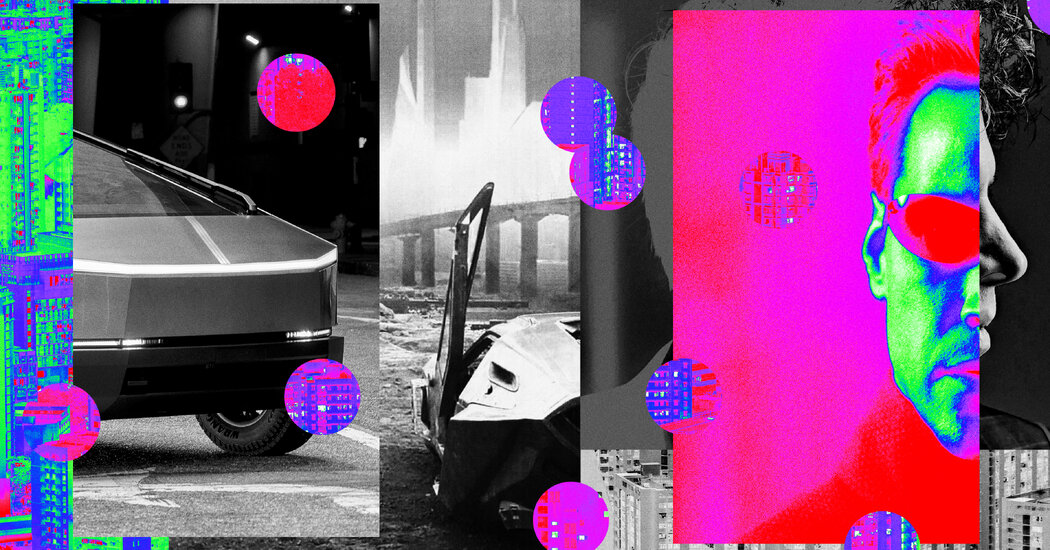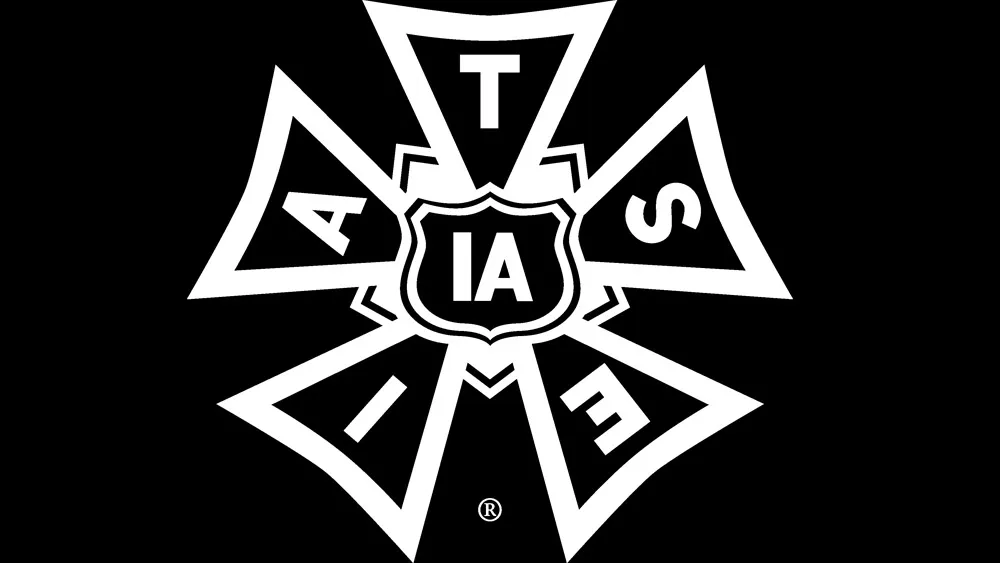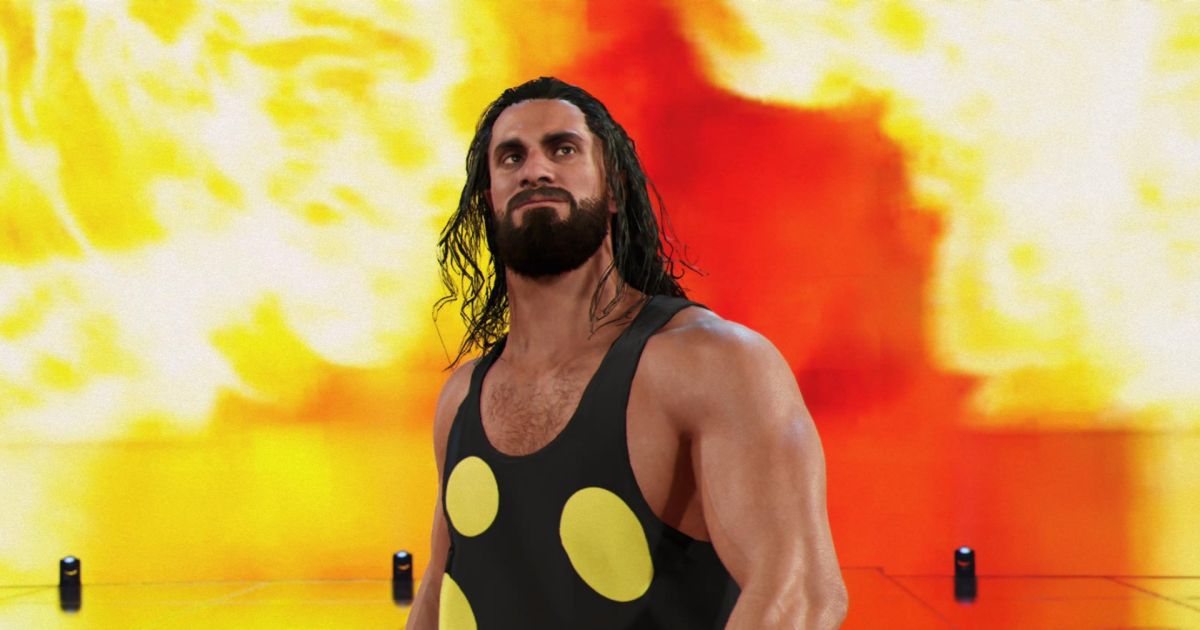Copyright The New York Times

A popular icebreaker involves asking which historical figures you’d like to have dinner with. Sora 2, the new video generator from OpenAI, suggests another option: Which historical figures would you like to see kill each other? The platform will produce short A.I. videos of almost anything users prompt it to — an ability that might, in some other world, unleash a flowering of human imagination. In ours, though, the typical Sora clip tends to feel like a mash-up of familiar sensationalist media, with influences including the crude conceits of old daytime talk shows, the improbable brain-rot formulas on YouTube — and, of course, fights. Imagine Gandhi and Hitler, facing off in a wrestling ring. Picture Hitler tussling with Michael Jackson on an ersatz “Maury” set. Think of Stephen Hawking being chased by the police, or wiping out in a halfpipe, or executing a pile driver on a wrestling opponent — all rendered with the uncanny, rubbery whack of A.I. bodies colliding. Iconic moments such as the “I Have a Dream” speech are reframed in the style of hidden-camera prank shows or as baldly racist caricature. (OpenAI, facing some backlash, recently adjusted its laissez-faire policies to block the use of Martin Luther King Jr.’s likeness.) Thus far, the platform’s output has resembled the doodlings of a bored and somewhat sadistic middle schooler, killing time in the back of history class. This is just one among many examples of what now feels like a trend in Silicon Valley. The tech industry is delivering on some of the futuristic notions of late-20th-century science fiction. Yet it seems, at times, bizarrely unaware that many of those notions were meant to be dystopian or satirical — dismal visions of where our worst and dumbest habits could lead us. You worry that someone in today’s tech world might watch “Gattaca” — a film that features a eugenicist future in which people with ordinary DNA are relegated to menial jobs — and see it as an inspirational launching point for a collaboration between 23andMe and a charter school. The material on Sora, for instance, can feel oddly similar to the jokes about crass entertainment embedded in dystopian films and postmodern novels. In the movie “Idiocracy,” America loved a show called “Ow! My Balls!” in which a man is hit in the testicles in increasingly florid ways. “Robocop” imagined a show about a goggle-eyed pervert with an inane catchphrase. “The Running Man” had a game show in which contestants desperately collected dollar bills and climbed a rope to escape ravenous dogs. That Sora could be prompted to imagine a game show in which Michel Foucault chokeslams Ronald Reagan, or Prince battles an anaconda, doesn’t feel new; it feels like a gag from a 1990s writer or a film about social decay. The echoes aren’t all accidental. Modern design has been influenced by our old techno-dystopias — particularly the cyberpunk variety, with its neon-noir gloss and “high tech, low life” allure. From William Gibson novels to films like “The Matrix,” the culture has taken in countless ruined cityscapes, all-controlling megacorporations, high-tech body modifications, V.R.-induced illnesses, deceptive A.I. paramours, mechanical assassins and leather-clad hacker antiheroes, navigating a dissociative cyberspace with savvily repurposed junk-tech. This was not a world many people wanted to live in, but its style and ethos seem to reverberate in the tech industry’s boldest visions of the future. According to a New York Times article about the development of Tesla’s Cybertruck, the design was “inspired by dystopian science fiction of the 1980s and 1990s”; Elon Musk framed it as “what Bladerunner would have driven.” In that film, the character Rick Deckard’s car looked more like a cross between a Toyota Tercel and an iron lung. The Cybertruck is more mercenary, with a militaristic, stealth-bomber profile. It looks like the vehicular manifestation of fears about apocalyptic social disorder, as if its driver might one day need a Gatling gun to clear a Trader Joe’s parking lot. Thank you for your patience while we verify access. If you are in Reader mode please exit and log into your Times account, or subscribe for all of The Times. Thank you for your patience while we verify access. Already a subscriber? Log in. Want all of The Times? Subscribe.


![Starting 5 Is a Homage to Mothers: Director Trishtan Williams [Exclusive]](https://d2731bbzmt3wpb.cloudfront.net/news/image/us-west-2:25d97050-7aa7-43a6-a623-8fb02e6af97e/20251022/7d99302de0a240de937f58076b40b208.jpg)
